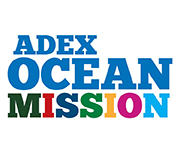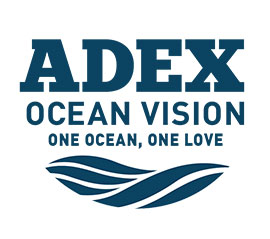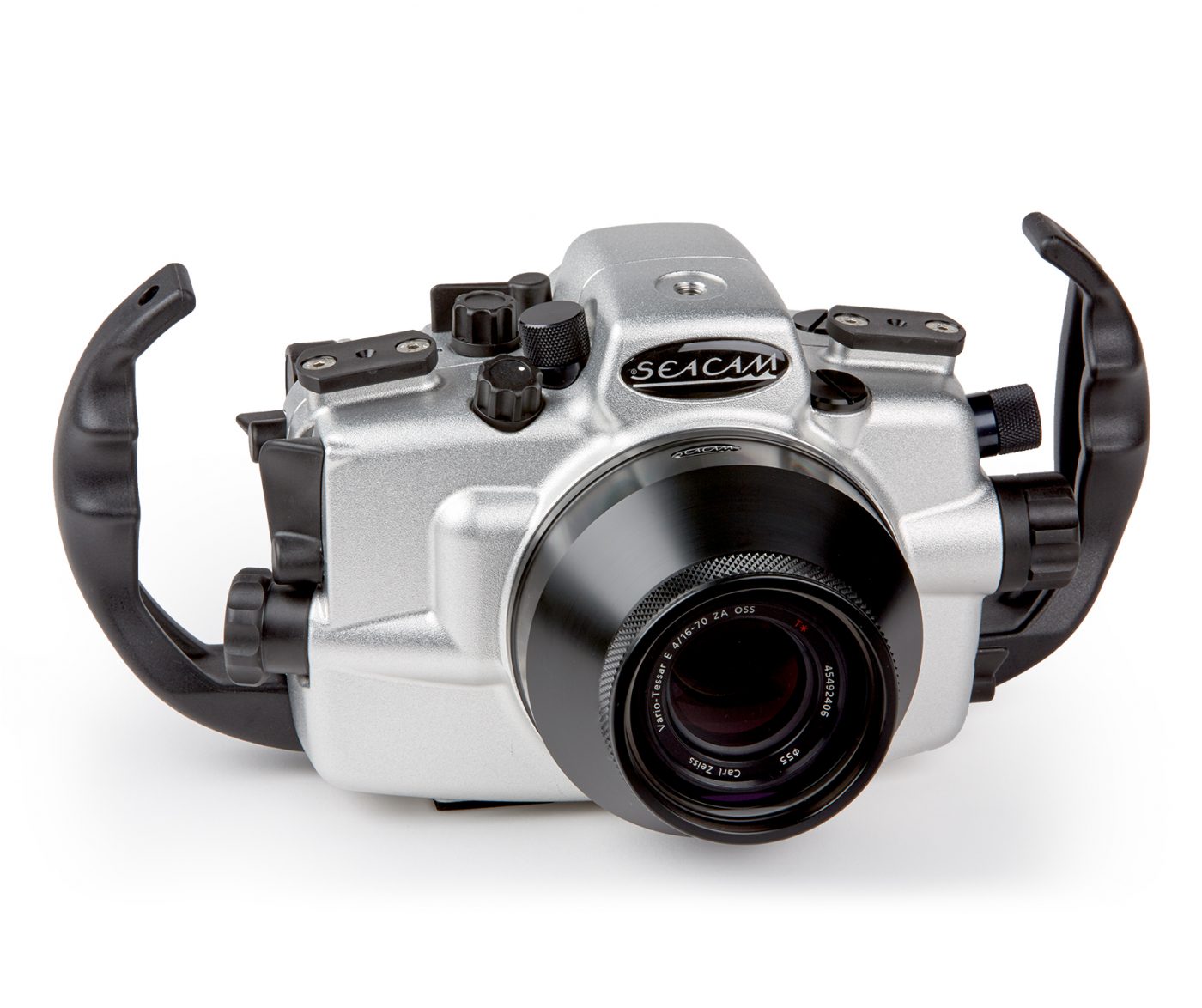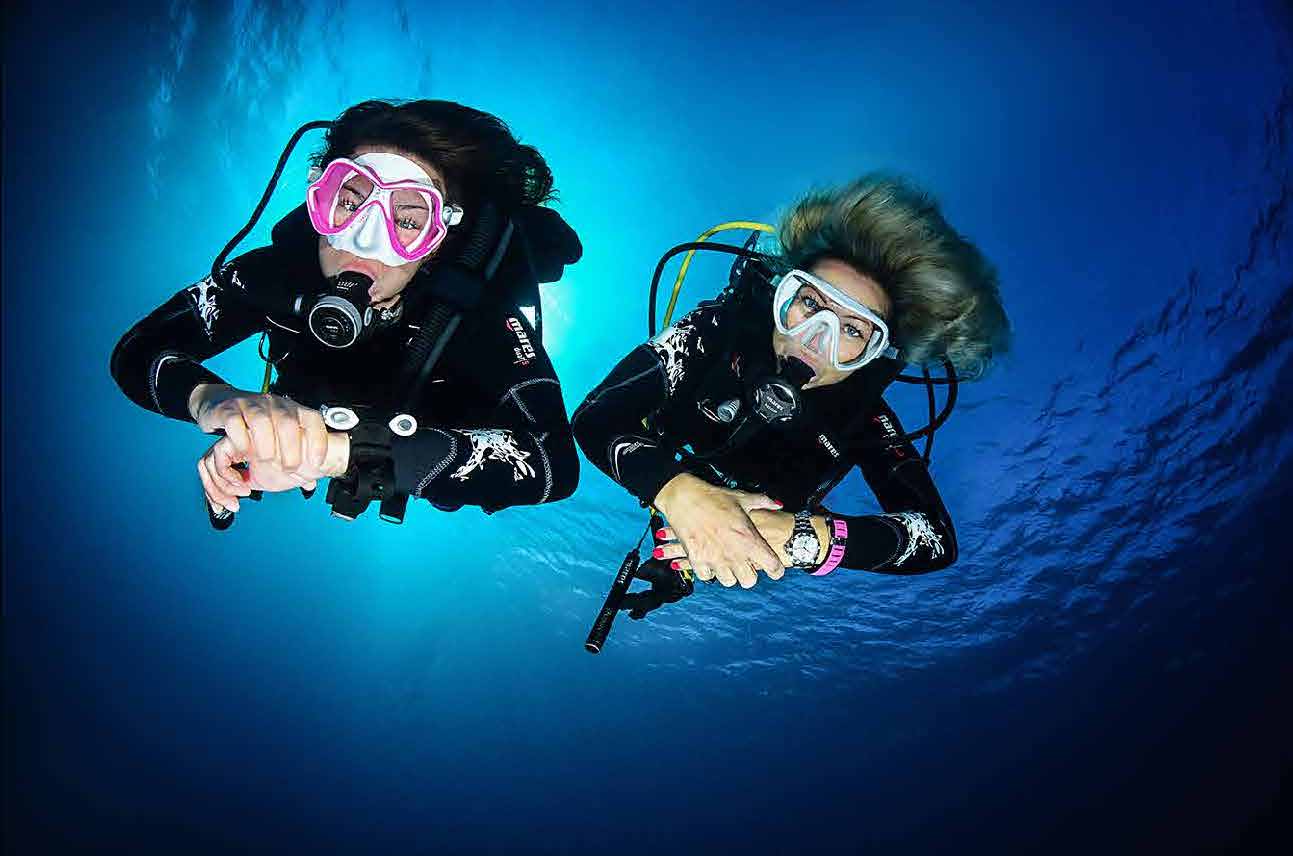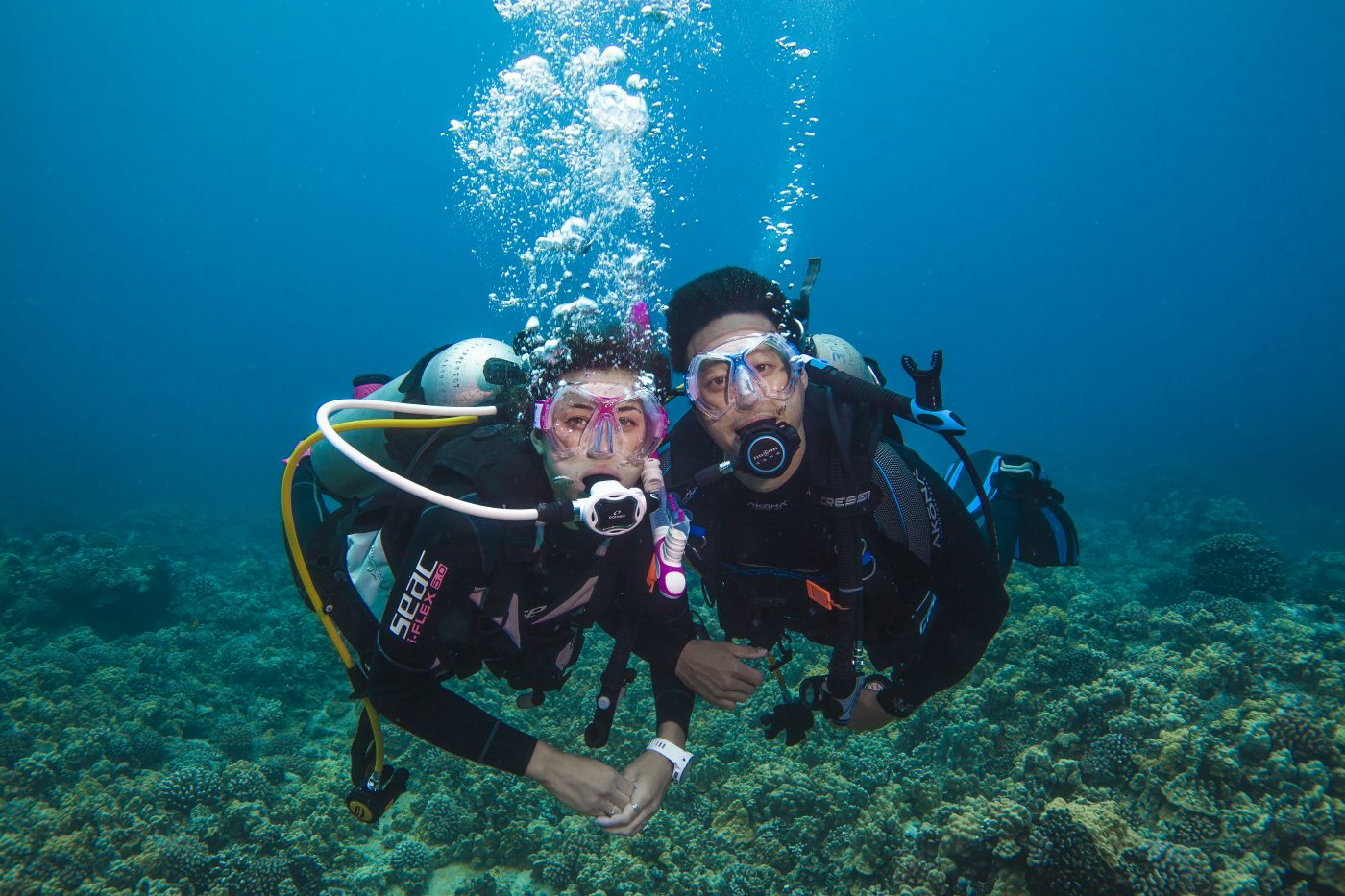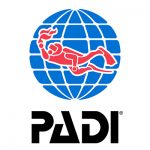A passionate photographer, diver and skillful craftsman for many years, Harald Hordosch started taking interest in underwater photography while diving in the fresh water lakes in Europe. Not satisfied with the two film camera housing brands available in the market back then, he decided to invent his own and eventually founds SEACAM as a small business in Austria.
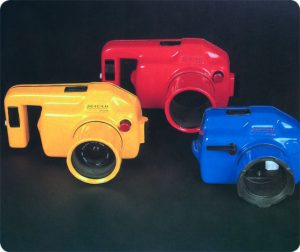
Ever since 1989, SEACAM has been developing underwater camera housings designed to achieve maximum image quality, reliability and flexibility. The first designs for housings were based on the futuristic study by a famous German underwater photographer and were then adapted for practical use in the first SEACAM housing model. The first serial production was made of simple aluminum cast housings, together with accessories for Canon, Minolta and Nikon AF-single lens reflex cameras.
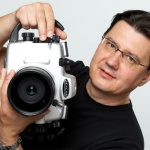
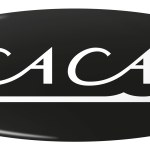
By 1991 SEACAM had developed the MINICAM – an ergonomic and user-friendly new housing concept featuring mechanical transmission elements with a high quality interchangeable port system featuring optically cut flat and dome glasses. SEACAM also released the MINIFLASH – the world’s first system flash housing with an integrated pilot light. The following year saw a wide expansion of its range with eight different camera and flash housings added. The SEAFLASH, an underwater flash device, is introduced with Germany’s Subtronic electronic system. The Galilei viewfinder is also adapted and introduced for the first time in an underwater housing which dramatically improves the viewfinder in the housing. By 1993, SEACAM’s product range has 13 different special housings for cameras, system flash housings and underwater flash devices. In 1995, the FLASHARM, a patented, strong and flexible arm system was introduced to great fanfare.
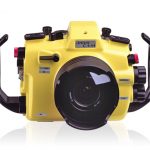
In 1997, SEACAM introduced its revolutionary silver underwater housing surface technology which allows for a completely varnishing-free housing surface. Constructed out of a saltwater-proof, high-strength light-metal alloy, the alloy parts undergo thermal treatment to achieve an even higher firmness and form stability. The housings for the Canon EOS 1N, Minolta DYNAX 700si/9xi are the first to appear in this new design. The SPORTSFINDER, the world’s first rotatable 45-degree viewfinder, is also introduced – a game-changing innovation in all areas of underwater photography.
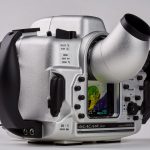
In the trendsetting year of 2001, SEACAM takes the plunge from analogue to digital and launches its first professional housing for digital cameras – the Nikon D1/D1X/D1H. And in 2003, SEACAM began designing the housing of the Nikon D100 entirely on a computer, milling the housing from a single massive block of aluminum. The precision and quality of this method is widely acknowledged to be superior to conventional molding technology.
Another milestone marks the introduction of a fully digital underwater flash device with a removable battery pack. Over the years, SEACAM also advances and expands their port range with innovations such as the brilliant Superdome port, the conically shaped Macro Port and other adaptations to the ever changing needs and challenges of underwater photographers. In 2011, SEACAM launches the prelude line for amateur and entry-level underwater photographers and further expands the range with the introduction of the SEACAM compact series for mirrorless cameras in 2016.
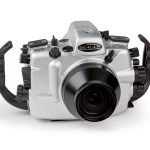
Through all these years, one SEACAM principle has remained steadfast – every SEACAM silver housing is a handmade and unique specimen assembled by a single technician in order to ensure that customers get the perfect quality. Pressure and temperature tests help ensure that your SEACAM system continues to perform even in the deepest of depths.
SEACAM works with countless professional, semi-professionals and amateur photographers all around the world to help them get the best out of their photo equipment. Listening to the photographer’s needs, questions and feedback is vital to developing for the future and getting ready for new developments and innovations heading our way.
And while always keeping the focus on innovation and further development of the product catalogue, SEACAM never stops there and also steps into other areas, such as publishing with the SEACAM magazine as well as online webinars in the form of an Underwater Photo Academy with underwater photographer Kurt Amsler.
Now after 30 years in the industry, Harald Hordosch still leads the company today with a demand for precise craftsmanship, his innovative spirit and untiring commitment. The small team consisting of dedicated professionals and a local production and sourcing of high quality materials ensure that underwater photographers can enjoy their equipment for years and years to come – and take pictures that awe, move and inspire people.
